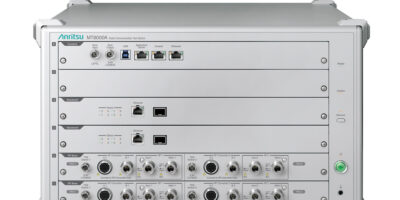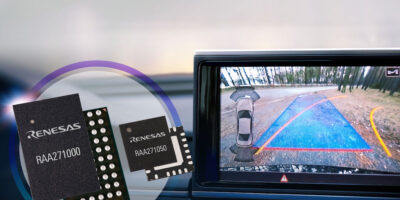In response to demand for specialised processing, security and artificial intelligence (AI), Arm has introduced the Armv9 architecture.
At the launch, CEO Simon Segars said “As we look toward a future that will be defined by AI, we must lay a foundation of leading-edge compute that will be ready to address the unique challenges to come”.
The new capabilities in Armv9 will accelerate the move from general-purpose to more specialised compute across every application as AI, the IoT and 5G gain momentum internationally.
To secure data, the Armv9 roadmap introduces the Arm Confidential Compute Architecture (CCA). Confidential computing shields portions of code and data from access or modification while in-use, even from privileged software, by performing computation in a hardware-based secure environment.
The Arm CCA will introduce the concept of dynamically created realms, useable by all applications, in a region that is separate from both the secure and non-secure worlds. For example, in business applications, realms can protect commercially sensitive data and code from the rest of the system while it is in-use, at rest, and in transit. Availability of confidential computing could bring down the cost of security, reports Arm.
The ArmV9 confidential compute features were developed in collaboration with Microsoft. “The increasing complexity of use cases from edge to cloud cannot be addressed with a one-size-fits-all solution,” said Henry Sanders, corporate vice president and chief technology officer, Azure Edge and Platforms at Microsoft. “As a result, heterogeneous compute is becoming more ubiquitous, requiring greater synergy among hardware and software developers.”
The range of AI workloads demands more diverse and specialised solutions, with AI-enable voice assistance as one example.
Arm partnered with Fujitsu to create the Scalable Vector Extension (SVE) technology, which is at the heart of Fugaku, the world’s fastest supercomputer. Arm has developed SVE2 for Armv9 to enable enhanced machine learning (ML) and digital signal processing (DSP) capabilities across a wider range of applications.
SVE2 enhances the processing ability of 5G systems, virtual reality and augmented reality (VR and AR) and ML workloads running locally on CPUs, such as image processing and smart home applications. Arm says it will extend the AI capabilities of its technology with “substantial enhancements” in matrix multiplication within the CPU, in addition to ongoing AI innovations in Mali GPUs and Ethos NPUs.
Armv9 CPUs are expected to increase by more than 30 per cent over the next two generations of mobile and infrastructure CPUs.
To meet the demands of ubiquitous specialised processing, Arm’s Total compute design methodology, together with enhanced specialised processing, will accelerate overall compute performance through focused system-level hardware and software optimisations and increases in use-case performance, says Arm.
Arm will apply Total Compute design principles across the automotive, client, infrastructure and IoT IP portfolios. It is also developing several technologies to increase frequency, bandwidth, and cache size, and reduce memory latency, adds the company.
A unique vision for the next decade of computing
Richard Grisenthwaite, senior vice president, chief architect and fellow at Arm, believes: “Armv9 will enable developers to build and program the trusted compute platforms of tomorrow by bridging critical gaps between hardware and software, while enabling the standardization to help our partners balance faster time-to-market and cost control alongside the ability to create their own unique solutions.”







